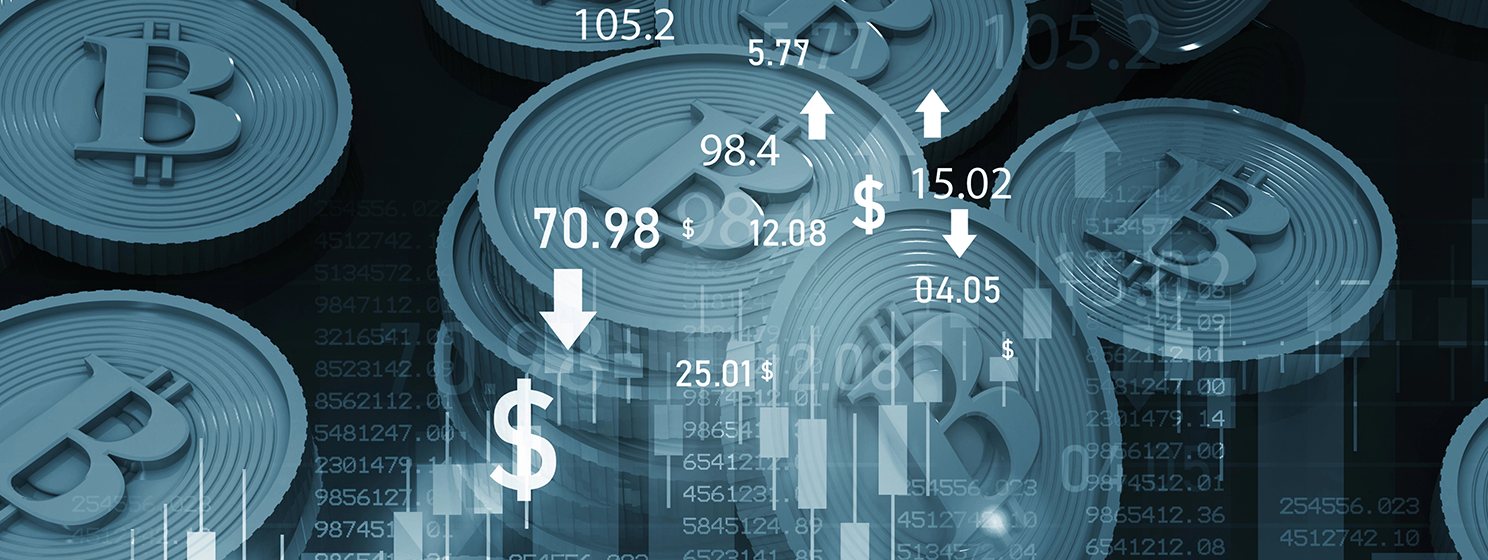|
Getting your Trinity Audio player ready...
|
In a dimly lit chamber at Hong Kong’s Legislative Council, lawmakers have cast their votes today to pass one of Asia’s most comprehensive regulatory frameworks for digital currencies.
With a single show of hands, Hong Kong has become the first common-law jurisdiction to give fiat-backed stablecoins a dedicated act of their own—the Stablecoins Ordinance—placing the Hong Kong Monetary Authority (HKMA) firmly in charge of licensing their issuers. The new ordinance carefully balances the twin imperatives of advancing innovation and maintaining financial stability, a delicate act that governments worldwide are attempting with varying degrees of success.
Stablecoins, digital currencies designed to maintain a constant value by referencing fiat money like the United States dollar, have quickly emerged as critical infrastructure in the digital asset ecosystem since gaining popularity with the proliferation of Tether to all corners. Unlike their more volatile, speculative counterparts, stablecoins offer the programmability of blockchain technology (typically) without the price rollercoaster, making them potentially useful for everything from cross-border payments to decentralized finance applications.
A marathon effort
Getting here has been far from a fast or simple process.
An HKMA discussion paper in January 2022 floated the idea of bringing stablecoins under their regulatory umbrella, inviting industry views on everything from reserve quality to redemption windows. A joint consultation by the Financial Services and the Treasury Bureau (FSTB) and the HKMA followed in December 2023, with conclusions issued seven months later. The bill itself was gazetted on December 6, 2024, debated in committee, and now finally passed. This phased approach has allowed regulators to develop nuanced policies informed by market developments and stakeholder input.
“The ordinance adheres to the ‘same activity, same risks, same regulation’ principle, with a focus on a risk-based approach to promote a robust regulatory environment,” explained FSTB Secretary Christopher Hui. The slogan may be clunky, but it signals an ambition to normalize digital money within traditional prudential rules rather than invent wholly new ones.
In parallel to the development of the Ordinance, the HKMA has actively pursued sandbox initiatives focused on stablecoins and tokenization. These controlled environments have facilitated dialogue between regulators and market participants, allowing for practical feedback on proposed requirements while communicating supervisory expectations.
Check the fine print
At the heart of the legislation is its comprehensive licensing regime. Any entity issuing stablecoins in Hong Kong (or issuing Hong Kong dollar-referenced stablecoins anywhere in the world) must now obtain a license from the central bank. Those permits come with stringent conditions: issuers must maintain a one-to-one reserve backing with high-quality liquid assets, provide clear redemption rights, and implement robust anti-money laundering (AML) controls. Unlicensed issuance or advertising will be a criminal offense, and there’s a high bar to entry, too.
The law insists on paid-up capital of at least HK$25 million (US$3.19 million), or one percent of coins outstanding for non-banks, plus a separate pool of reserve assets with a market value equal to or exceeding the par value of outstanding stablecoins, ensuring a robust 1:1 backing. These reserves must be of high quality, highly liquid, and carry minimal investment risk. They must also be adequately protected against claims by other creditors and ideally held in the currency referenced by the stablecoins.Licensees must also commit to redeem at par, typically within a business day, publish an annual audit and proof-of-reserves statement (no attestations here, Bitfinex), file monthly disclosures of the reserve mix, police robust know-your-customer (KYC) and AML checks, as well as explain their coin mechanics in a public white paper.
One quirk that will surprise decentralized finance (DeFi) purists is that licensed issuers are forbidden to pay interest on their coins. The ban is meant to prevent stablecoins from morphing into pseudo-money-market funds and keep them squarely in the realm of payments. Algorithmic designs such as the ill-fated TerraUSD are not explicitly barred, but the insistence on high-quality collateral renders them effectively out of scope for now.
New competitive positioning
For the digital asset industry, the immediate prize is certainty. After the collapses of Terra, Celsius, and FTX, investors crave proof that their dollars, euros, or Hong Kong dollars are waiting in a bank account. The ordinance makes proof compulsory, and you can bet that the ever-looming threat of jail will have scallywags on their toes. In turn, that reassurance should lift corporate treasurers’ willingness to hold and use stablecoins for cross-border payments and on-chain settlement, deepening liquidity across decentralized exchanges and tokenized securities platforms.
Traditional finance (TradFi) gains as well. Banks and brokers that once shunned crypto now have a rule book they understand: capital ratios, segregation, and white lists. The HKMA’s transitional period lets incumbents pilot products without fear of retroactive sanction. Don’t be surprised to see a wave of bank-branded coins designed for trade finance, wealth-management transfers, and custodians offering tokenized cash management.
The regional stakes are larger still. Singapore was first out of the gate with exchange licensing, and Dubai offers zero tax (with ample marketing pizzaz, too), yet both have hesitated to pin stablecoins down. By offering legal finality and zero capital-gains tax on crypto trades, Hong Kong hopes to lure liquidity from both rivals. It also positions itself as a regulated bridge for Chinese capital, dovetailing with the Stock Connect and QFII channels linking Shenzhen and Shanghai to the outside world.
Make no mistake, the Stablecoins Ordinance is a significant milestone in Hong Kong’s proactive approach to digital asset regulation. It establishes a comprehensive framework that prioritizes consumer protection, transparency, and financial stability while creating space for responsible innovation.
But this is just the start.
The government plans a second policy statement on digital assets later this year, covering over-the-counter (OTC) trading and custody, with the Securities and Futures Commission (SFC) in tandem working on rules governing staking on exchanges. Each layer will increase the cost of non-compliance and tie digital asset activity closer to the mainstream financial system. Critics may lament the loss of permissionless purity, but Hong Kong is betting that most users prefer predictable permissions to romantic chaos.
Watch | Spotlight On: Centi Franc—the truly stable stablecoin

 12-14-2025
12-14-2025 





